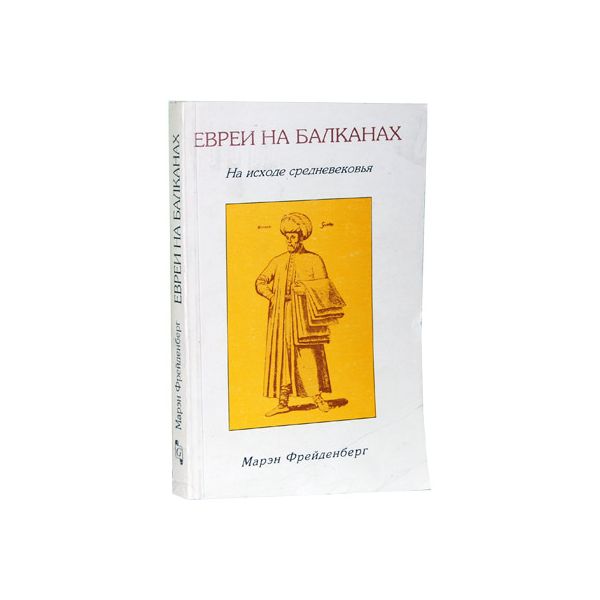Jews in the Balkans at the End of the Middle Ages
Jewish life in the Balkans was not uniform. Considerable groups of Ashkenazim appeared in the Balkans already in the 13th century; they settled mainly in the Slovenian lands — Karinthia, Krain, Styria — and engaged principally in usury. Their activities flourished during the period of 1320—1370 while in 1496—1515 they were banished by the Habsburgs.
The Adriatic coast got acquainted with Sephardim during the first quarter of the 16th century. They made only episodic appearances in a majority of cities where they established banks but Jewish communities appeared only in Dubrovnik and Split. The activities of the Dubrovnik Jewry who engaged in transit trade in the Balkans was especially zignificant; in Split, however, they principally engaged in handicraft (tailoring), up to the end of the 16th century. Since 1572, the haven in Split was reconstructed according to the design and due to the efforts of Daniel Rodriguez and soon became a large international port, so the Split Jewry also became involved in the Balkan trade.
As to the inland areas of the peninsula, the Jewish population was concentrated in Sarajevo, Belgrade, and Bitola (Monastir), where Jewish communities flourished in the second half of the 17th century and were ruined in 1686—1688, in the course of the Austrian—Turkish war. A slow recovery took place in the cities throughout the 18th century. Jewish life in inland Croatian lands and in Vojvodina (northern Serbia) was characterised by special features.^Here, the Austrian troops supplier, the inn-keeper, and the small retail trader ("hausierer") became the principal figures of the Jewish world.
Evidence about Bulgarian Jewry is rathar scarce. It is known that it remained within the sphere of influence of Salonica, the "metropolis" of the Mediterranean Jewry, a city with numerous Jewish population and several dozen communities. Anyway, the history of the Salonica Jewry is being actively studied nowadays, and numerous rabbinical "responsas" — answers of Jewish authoritative public figures to questions asked by local communities — provide planty of material for such studies.
Cover has slight damage
| Weight | 0.300000 |
|---|---|
| Publisher | Gesharim |
| ISBN | 5-7349-0031-1 |
| Author | Frejdenberg, Maren |
| Height (CM) | 22 |
| Length (CM) | 14 |

 Russian
Russian


